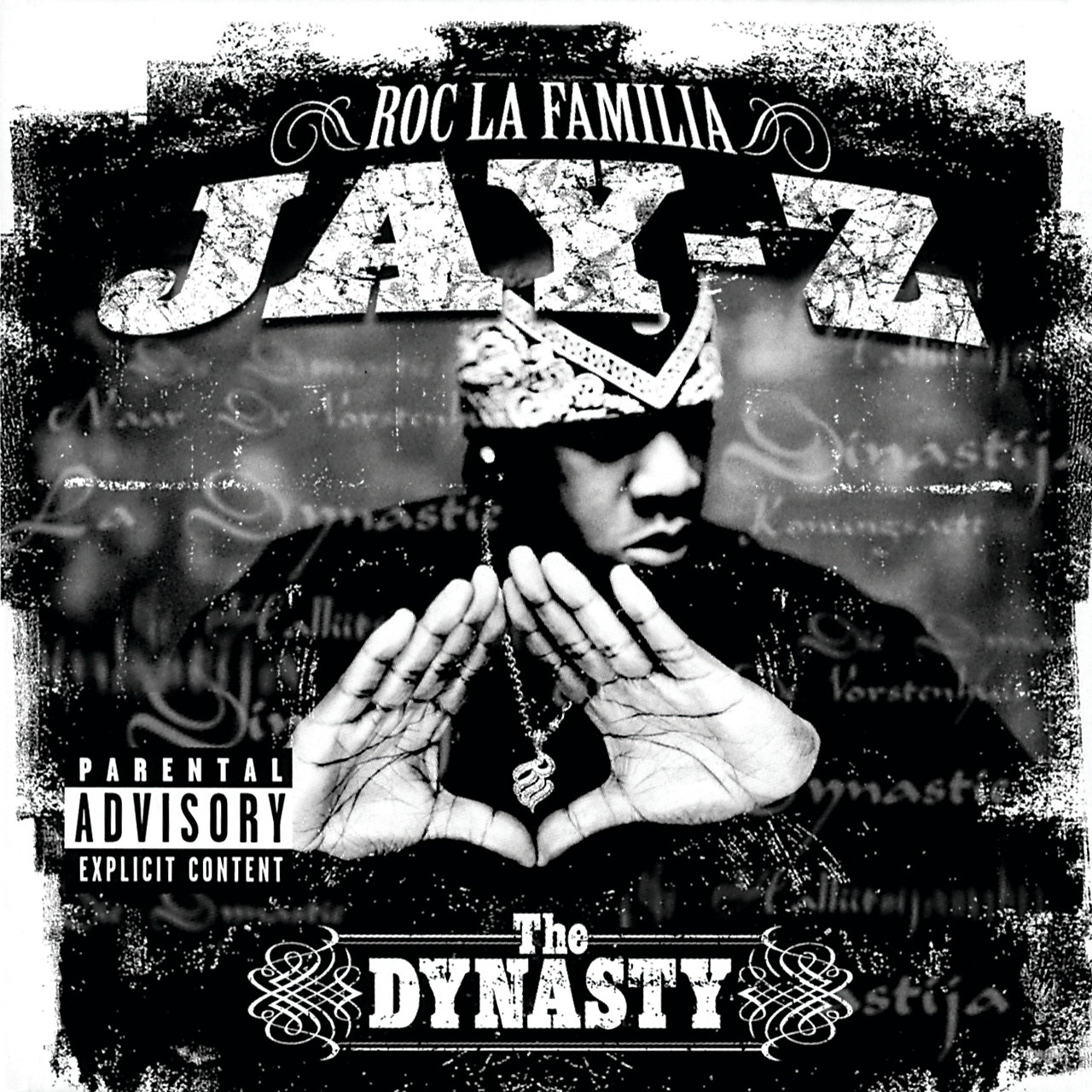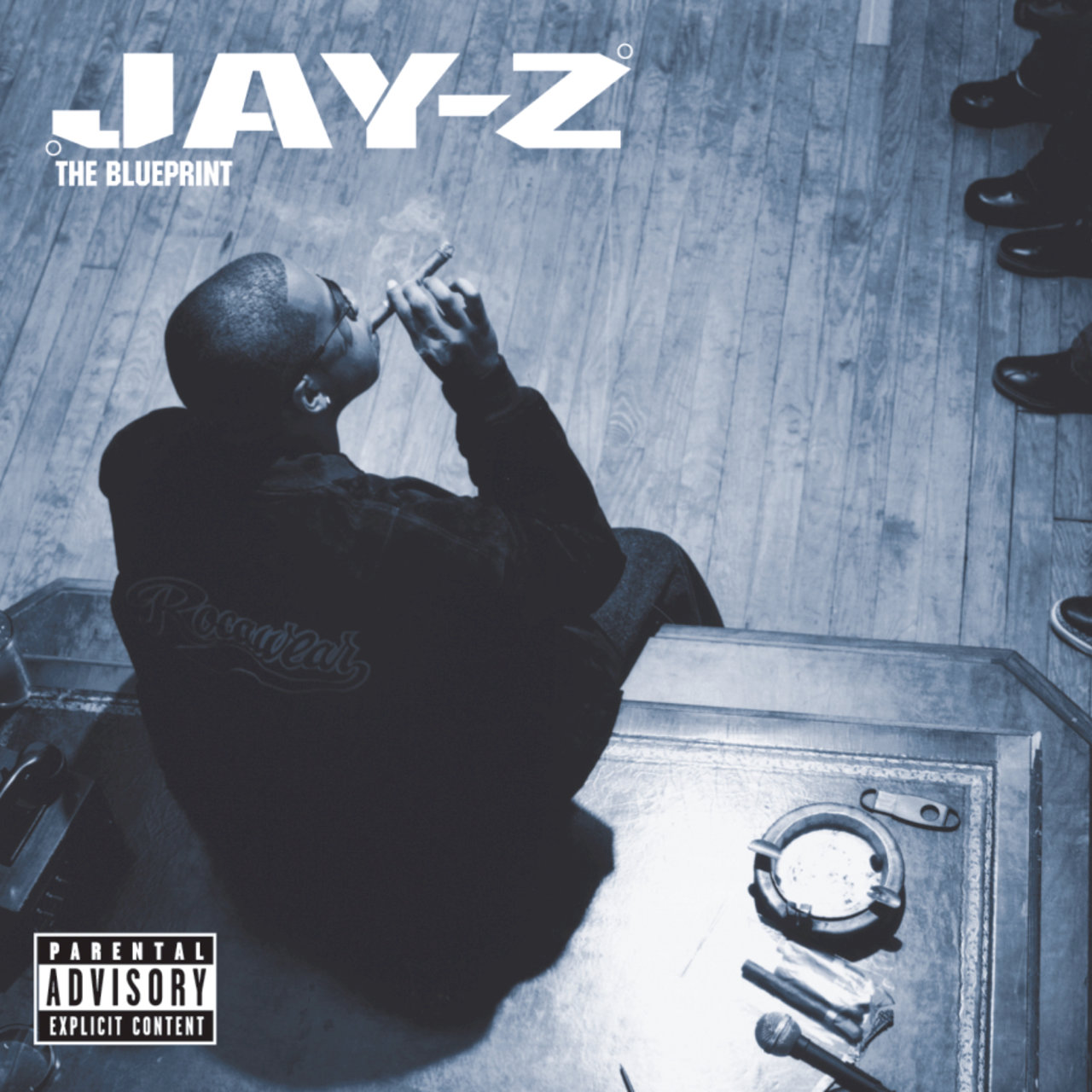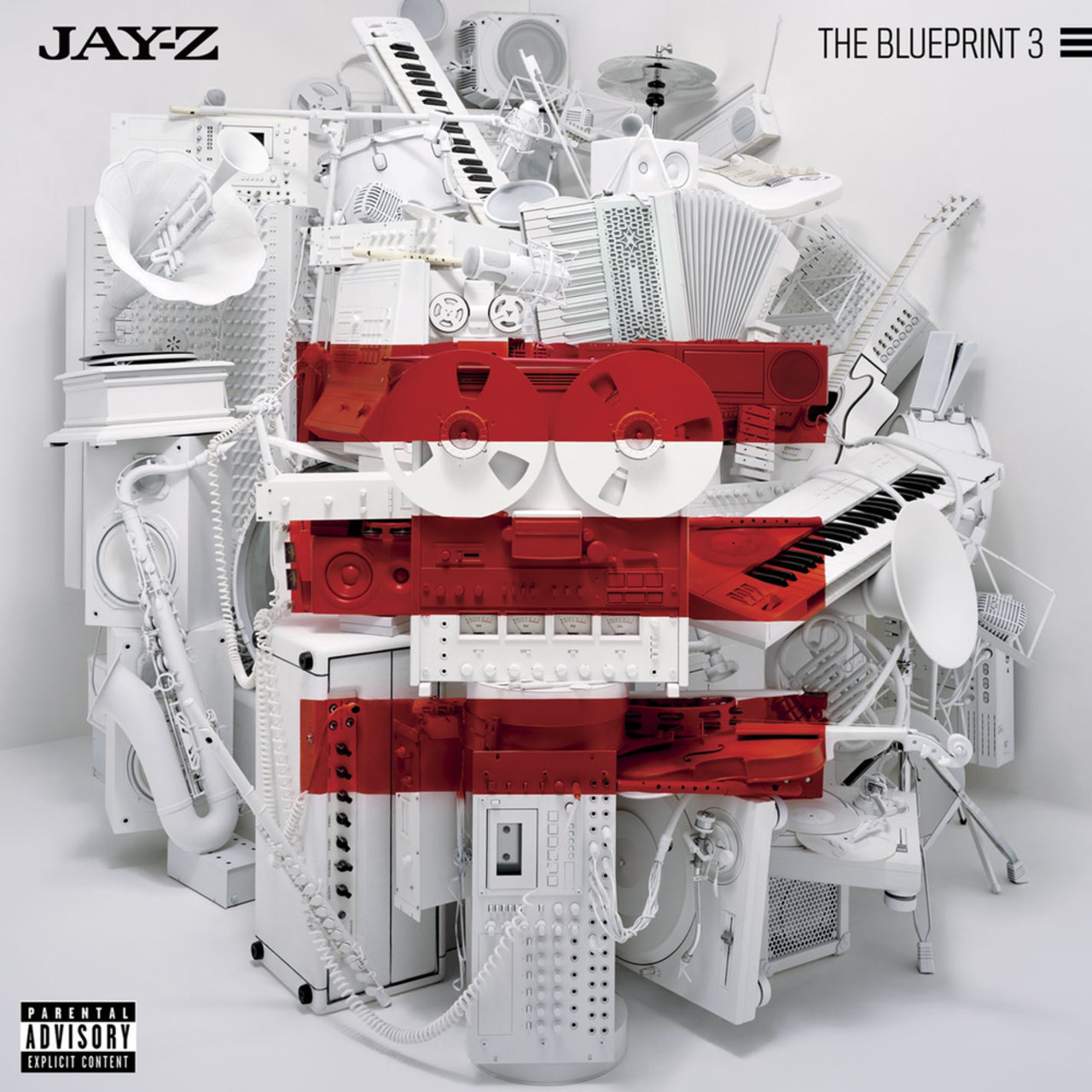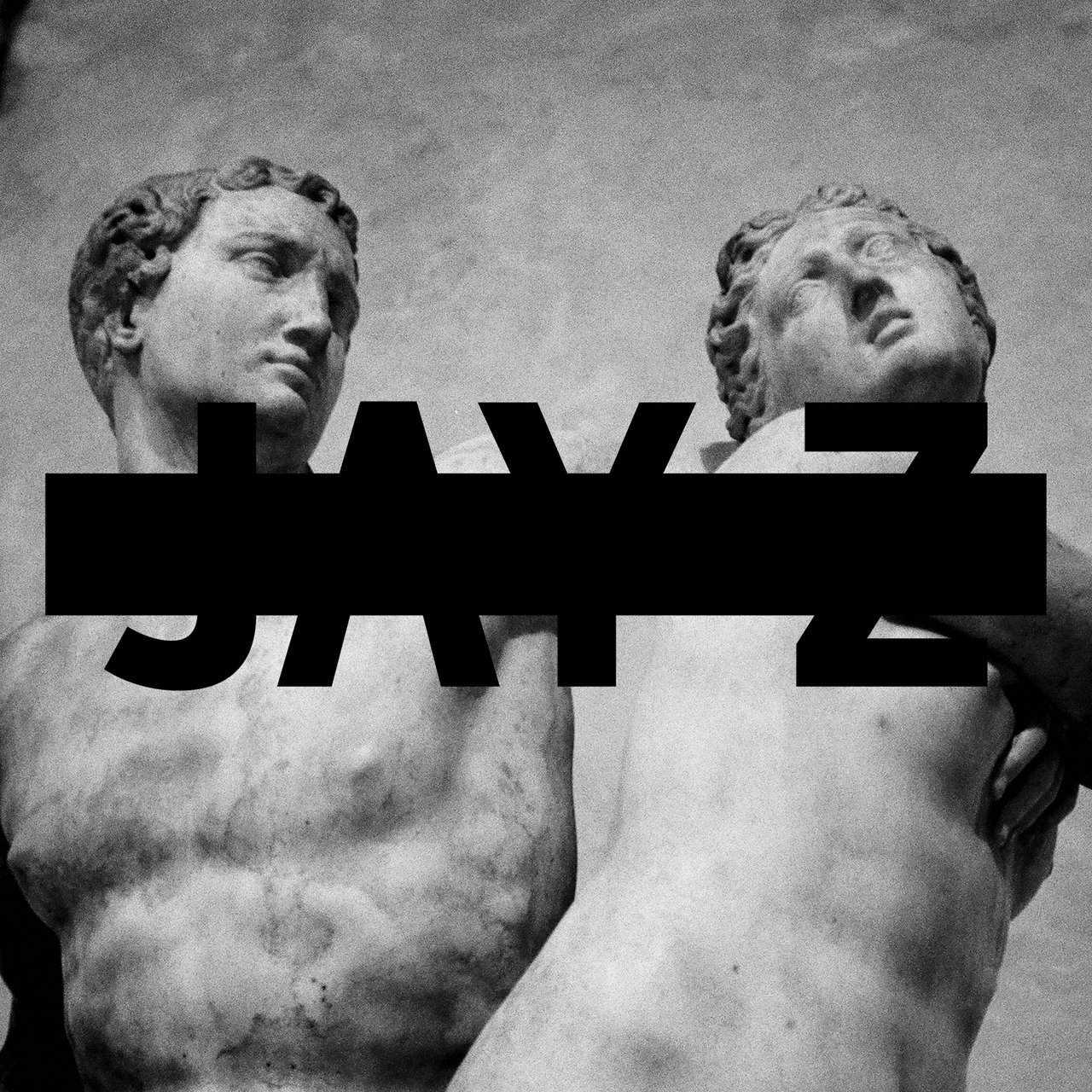
Over his long and legendary career, Jay Z’s businesses, music, and name have all changed—and so has his process for creating album art. Beginning with his mafia-style look on the cover of Reasonable Doubt to the sparse styling on his new album 4:44, we took a look at how the artwork on every Jay Z album has evolved along with his music and how it mimics his moves outside of the recording booth.
'Reasonable Doubt' (1996)

'In My Lifetime, Vol. 1' (1997)

'Vol. 2… Hard Knock Life' (1998)

'Vol 3… Life and Times of S. Carter' (1999)

'The Dynasty: Roc La Familia' (2000)

'The Blueprint' (2001)

'The Blueprint 2: The Gift & The Curse' (2002)

'The Black Album' (2003)

'Kingdom Come' (2006)

'American Gangster' (2007)

'The Blueprint 3' (2009)

'Magna Carta Holy Grail' (2013)

Art Direction: Brian Roettinger
Photographer: Ari Marcopoulos
Illustrator: Benjamin Bridges, Dennis Franklin & Suzanne Mjartan
With Magna Carta Holy Grail, Jay Z turned to symbolism and his favorite pieces of art for working inspiration. As the Metropolitan Museum of Art in New York City revealed, the album’s cover is based off an Italian sculpture of Alpheus and Arethusa, two characters from Greek mythology who represent the theme of the album. Duality and tension between two forces were a driving force behind the album’s music, just as it was in the story of Alpheus and Arethusa.
Basically, Alpheus falls in love with Arethusa, who turns herself into a water well to curve him. But Alpheus was so in love with her that he transformed himself into a river so he could reunite with Arethusa. At its core, the Greek myth follows a biographical line for Jay: he desperately wants the things he pursues, and if they’re out of reach, he’ll finesse himself into positions to get what he wants.
'4:44' (2017)


